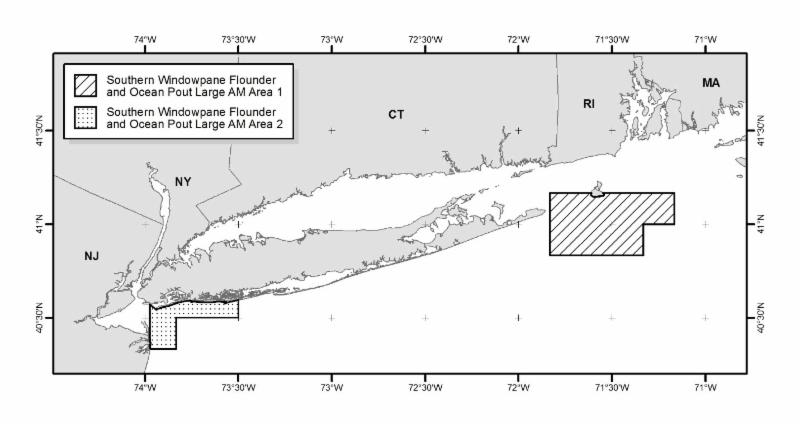 August 31, 2017 — The following was released by NOAA Fisheries:
August 31, 2017 — The following was released by NOAA Fisheries:
Effective tomorrow, September 1, 2017, until February 28, 2018, non-groundfish trawl vessels fishing with a codend mesh size of 5 inches or greater are no longer required to use approved selective trawl gear (haddock separator trawl, rope separator trawl, or Ruhle trawl) in the large southern windowpane flounder Accountability Measure (AM) areas. For more information, read the permit holder bulletin and the emergency rule as filed in the Federal Register.
Through a previous action, groundfish vessels may also fish in the AM areas without selective gear, effective September 1 2017 through April 30, 2018. While we were able to remove the accountability measures for the groundfish vessels through existing regulatory processes, an emergency rule was required to remove the accountability measures for non-groundfish trawl vessels. This emergency rule is intended to minimize economic harm to the fluke and scup fisheries.
